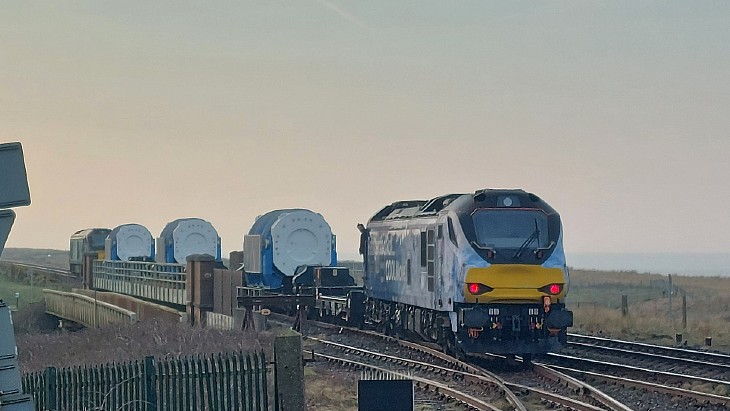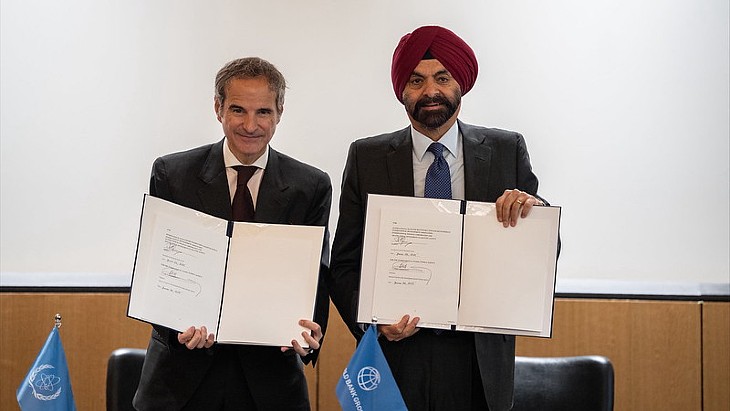Regulator approves decommissioning plan for Ohi 1 and 2
.jpg)
Kansai submitted an application to Japan's Ministry of Economy, Trade and Industry in March 2018 formally seeking approval to decommission Ohi units 1 and 2, which began operating in March 1979 and December 1979, respectively. It subsequently provided a detailed decommissioning plan for the units to the NRA in November 2018. The plan outlined the facilities and equipment to be dismantled and a timetable for completing the work. The NRA today gave its approval to that plan.
According to the plan, decommissioning of Ohi 1 and 2 will take about 30 years and will be carried out in four stages. The first stage, lasting about eight years, will involve preparing the reactor for dismantling (including the removal of all fuel and surveying radioactive contamination), while the second, lasting ten years, will be to dismantle both major and peripheral equipment. The third stage, taking about six years, will involve the demolition of the reactor itself, while the fourth stage, taking about three years, will see the demolition of all remaining buildings and the release of land for other uses.
Fuel removal during the first stage includes 76 unused fuel assemblies and 323 used assemblies from unit 1 and 140 unused assemblies and 306 used assemblies from unit 2. A total of 400 tonnes of high-level radioactive waste is expected to result from the decommissioning of Ohi 1 and 2, together with 2850 tonnes of low-level waste and 20,240 tonnes of very low-level waste. A further 13,200 tonnes of non-radioactive waste will also be generated through the clearance of the site.
In a statement, Kansai said: "In the future, when implementing decommissioning, we will make safety the highest priority based on the approved decommissioning plan."
Ohi 1 and 2 - which have been offline since July 2011 and December 2011, respectively - are the only reactors in Japan to feature ice condenser emergency cooling systems. These systems employ blocks of ice in a basket installed around the containment vessel to rapidly cool steam generated to reduce pressure in the event of an accident. Kansai said that to comply with new safety standards, the walls of the containment buildings of Ohi 1 and 2 would have had to be widened. Kansai estimated it would have cost some JPY830 billion (USD7.6 billion) to make safety upgrades to the units to meet the required standards.
_17992.jpg)
_75800.jpg)







..._58412.jpg)

